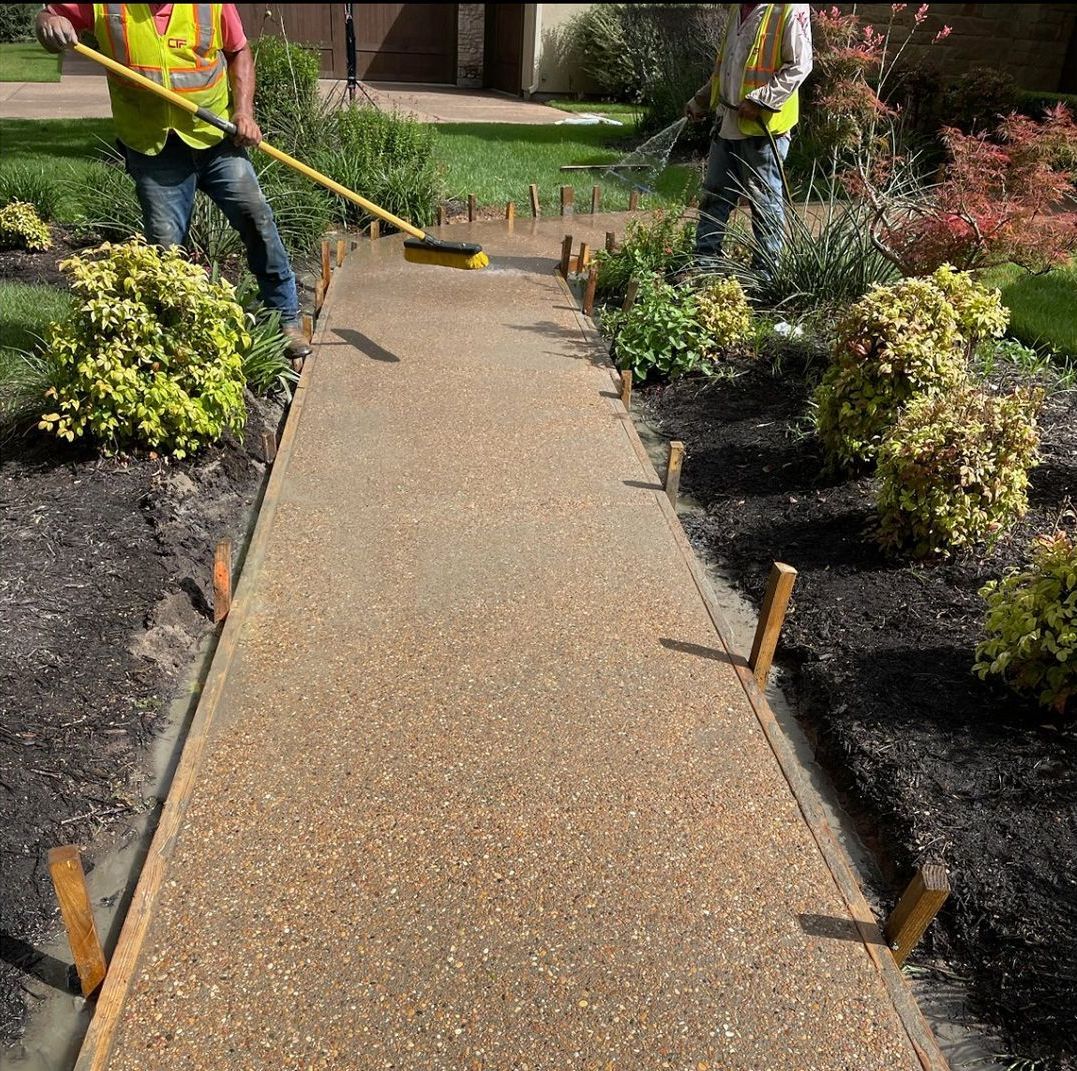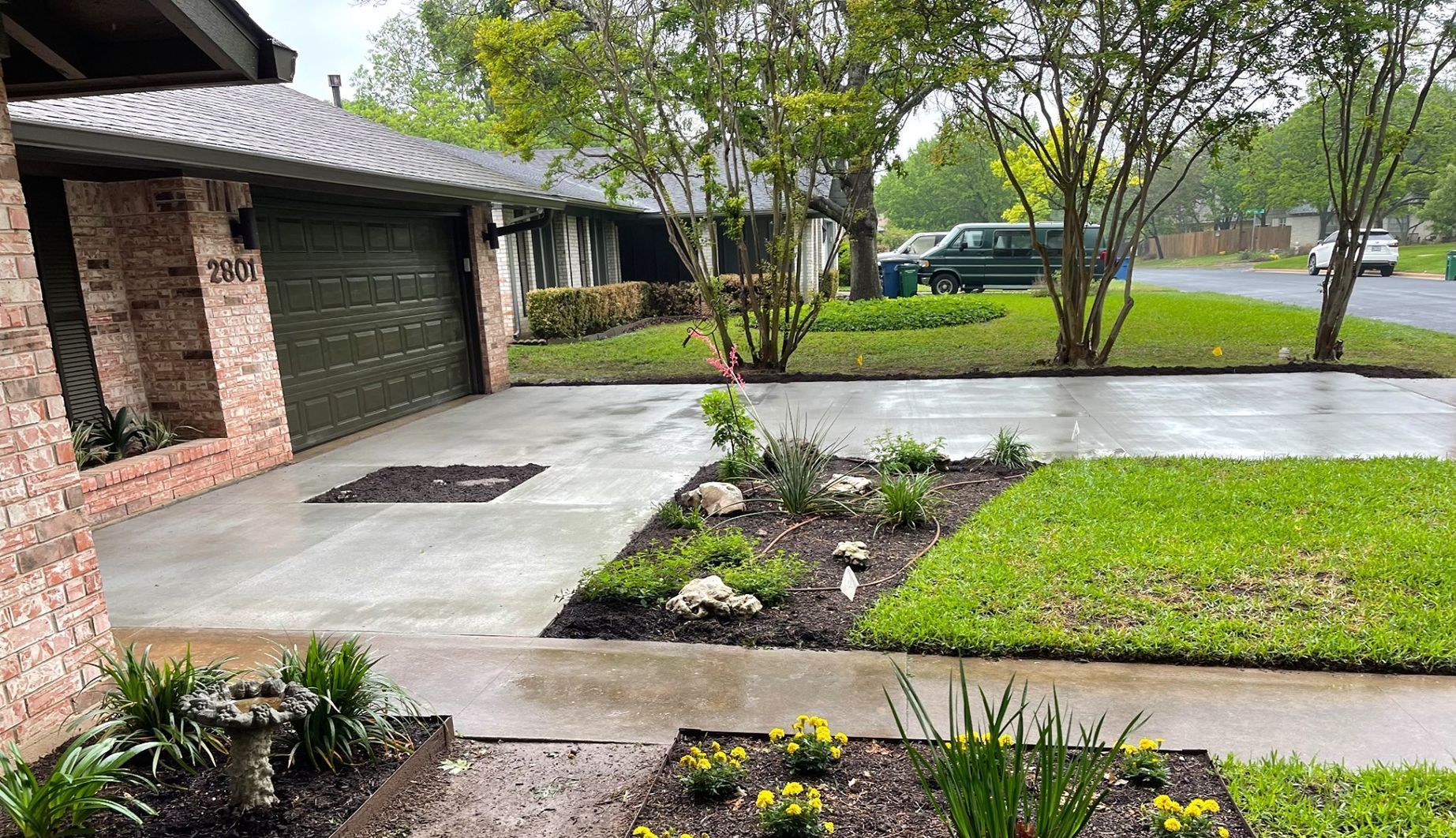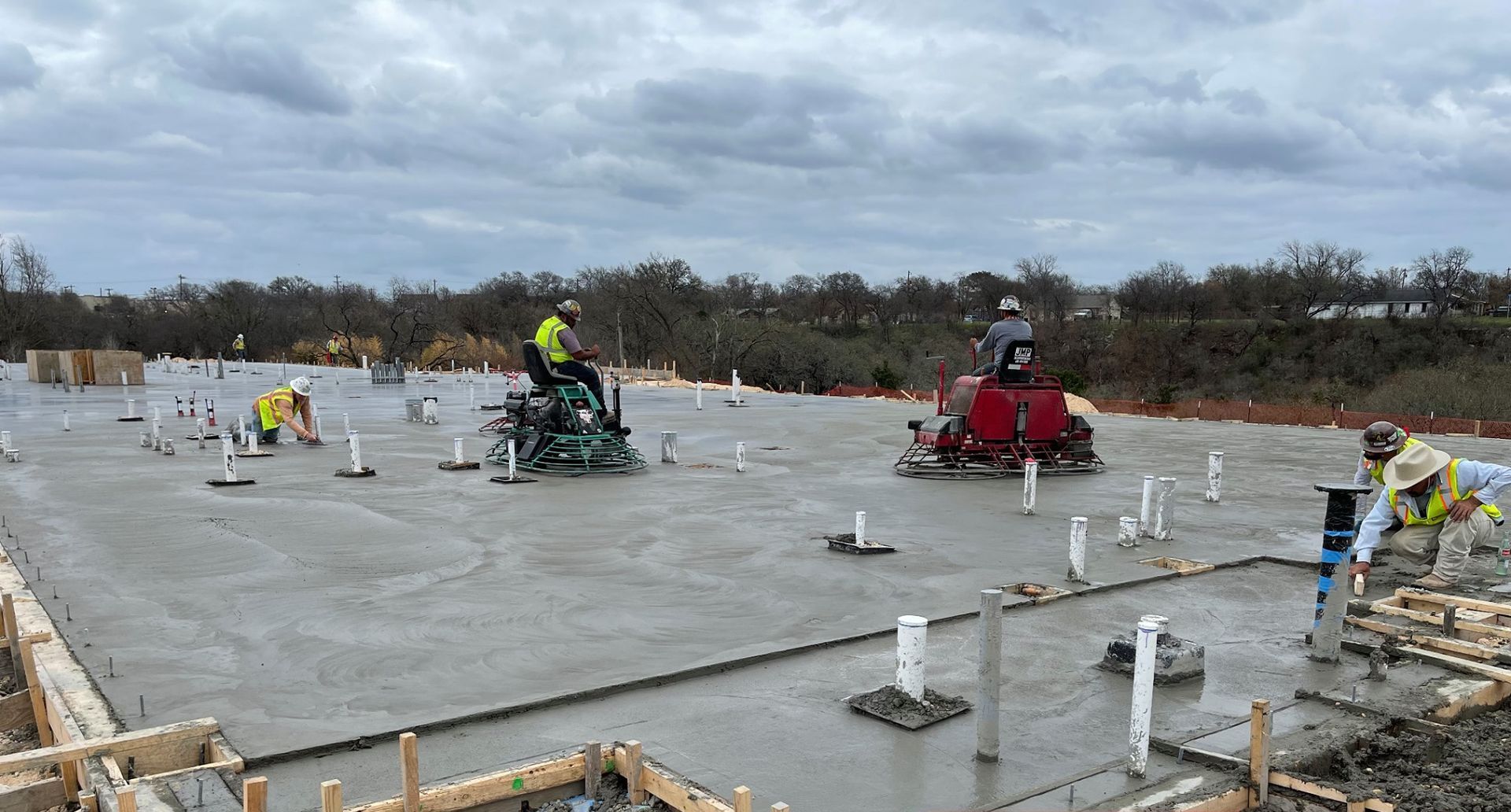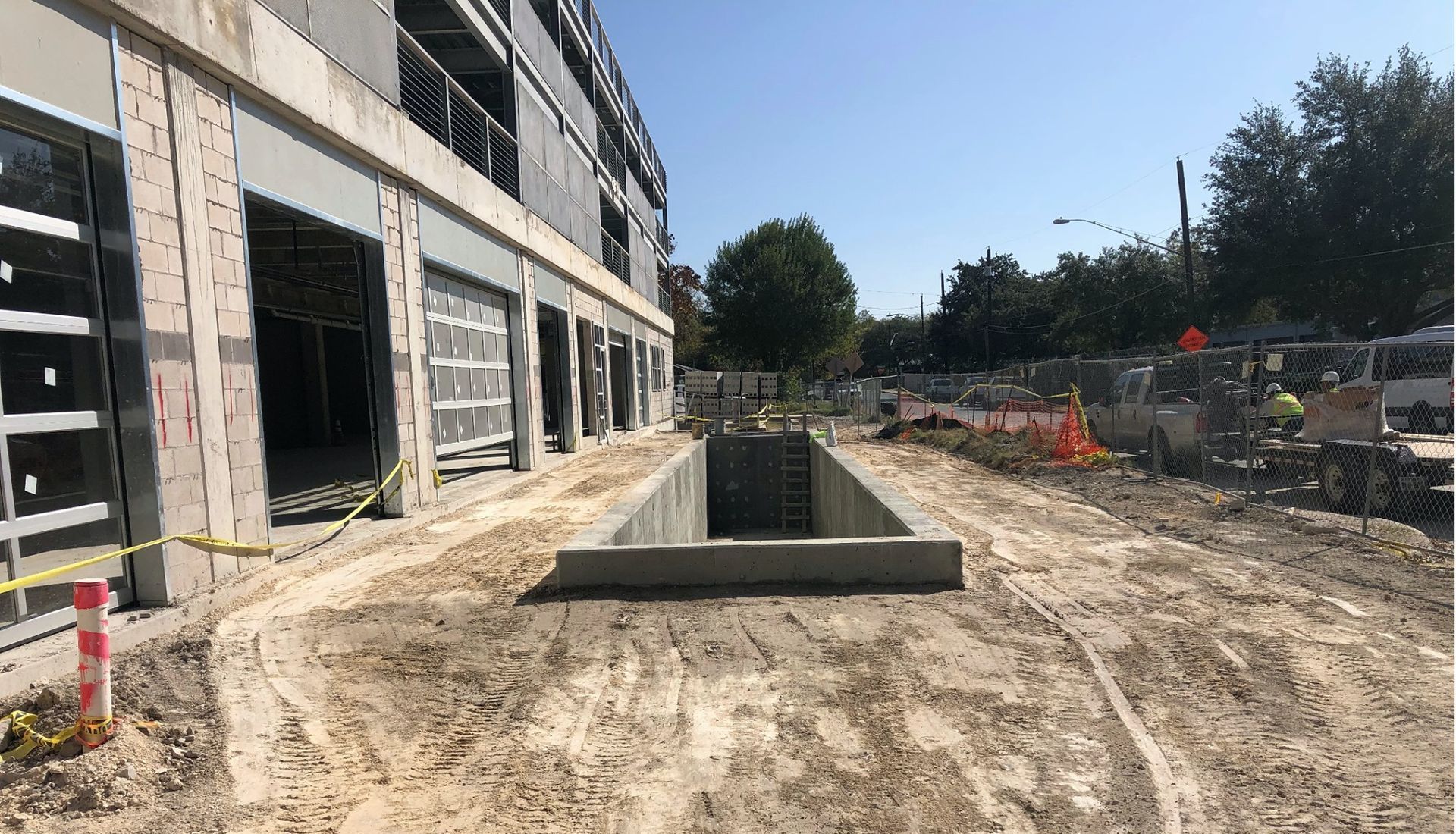tilt wall panels
tilT wall panel construction
Constructing slabs is intricate work, necessitating the expertise of seasoned contractors like CTF Concrete LLC. In San Antonio, we stand out as a trusted name for concrete slab services, backed by our extensive experience and state-of-the-art equipment.
Our commitment to quality is evident in our portfolio, showcasing numerous successfully completed projects. When it comes to slab construction, we prioritize durability, quality, and strength, ensuring that our clients receive nothing but the best.
TILT WALL PANEL conTRACTOR
Initiating a concrete slab construction begins with setting up a precise framework. This framework is designed based on the approved building plans to ensure accurate measurements and adherence to the building's set standards and guidelines. Once the framework is established, the next step involves excavating the designated area for the slab.
Bed preparation follows, demanding meticulous attention to ensure a well-drained base, crucial for preventing cracks. Given the weight slabs often bear, it's essential to reinforce their tensile strength, ensuring durability and preventing potential structural failures.
Pouring the concrete into the prepared frame is the subsequent step. This process requires expert oversight to guarantee the concrete's quality. After pouring, it's vital to strategically place control joints to avert further cracking.
The poured concrete is then allowed to set and harden over three days, during which it should be regularly watered to enhance its strength. While it's safe to walk on the slab after this period, it's advisable to wait until the seventh day before subjecting it to heavier loads.




